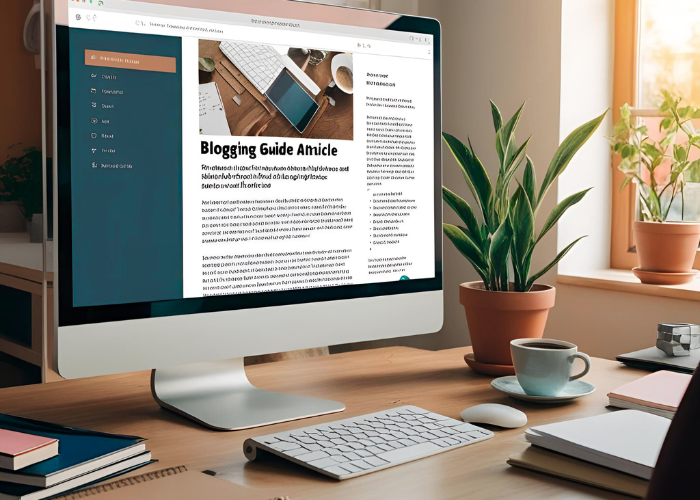Contact Page Optimization: How to Make Visitors Trust You and Get in Touch
Table of Contents
Your contact page might seem simple…
But in reality, it can make or break the connection between you and your audience.
In this guide, you’ll learn how to optimize your Contact Us page to build trust, improve communication, and make your blog feel more professional 💌✨
🤝 1. Why the Contact Page Matters More Than You Think
It’s not just a form.
It’s a signal that says:
“I’m real. You can talk to me. I care about what you have to say.”
An optimized contact page can:
- Boost trust and credibility
- Encourage readers to reach out
- Open doors for partnerships or collaborations
- Improve your blog’s professionalism and SEO
🧱 2. What to Include on Your Contact Page
Let’s go beyond the default form.
Here’s what your page should include:
✅ A Friendly Introduction
Start with 1–2 sentences that sound human and welcoming:
“Have a question, idea, or just want to say hi? I’d love to hear from you.”
✅ Clear Purpose
Let visitors know why they should contact you:
- Feedback or suggestions
- Guest post inquiries
- Business or partnership opportunities
- Reader questions
✅ A Simple, Functional Form
Use a plugin like:
- WPForms (user-friendly drag & drop)
- Contact Form 7 (lightweight + flexible)
Add fields for:
- Name
- Message box
📌 Need help setting up your form? Read our full guide here
✅ reCAPTCHA for Spam Protection
Protect your form from spam bots by using Google reCAPTCHA.
- Add reCAPTCHA v2 (I’m not a robot)
- Works well with WPForms & Contact Form 7
- Set up via Google reCAPTCHA Console
📌 We recommend also using Flamingo plugin to store submissions.
🎨 3. Design Tips to Build Trust
Your contact page should feel clean, calm, and inviting.
Tips:
- Use consistent fonts and colors
- Don’t crowd the form — keep spacing clear
- Add icons or a soft background for visual appeal
- Use a call-to-action like “Send Message” instead of “Submit”
✨ Design affects emotion — and emotion drives action.
🔒 4. Add Privacy & Transparency
Reassure your visitors their data is safe.
- Add a short privacy note below the form: “We’ll never share your email. Your message stays between us.”
- Link to your Privacy Policy page
- Let them know what to expect after submission
Trust = response.
🔗 5. Link to Useful Resources
Not every visitor needs to email you.
Sometimes, they just need direction.
Add links to:
- Your FAQs
- Your Tools & Resources
- Social media or other contact channels
- Newsletter sign-up page
📌 Save time — for both you and your audience.
✅ Final Thoughts
Your contact page isn’t just a form — it’s a bridge.
Make it simple, human, and safe to use.
And most importantly — make people feel welcome.
✨ A small page, big impact.
📌 Next up? Explore more helpful Website Tools to improve your blog’s performance.

